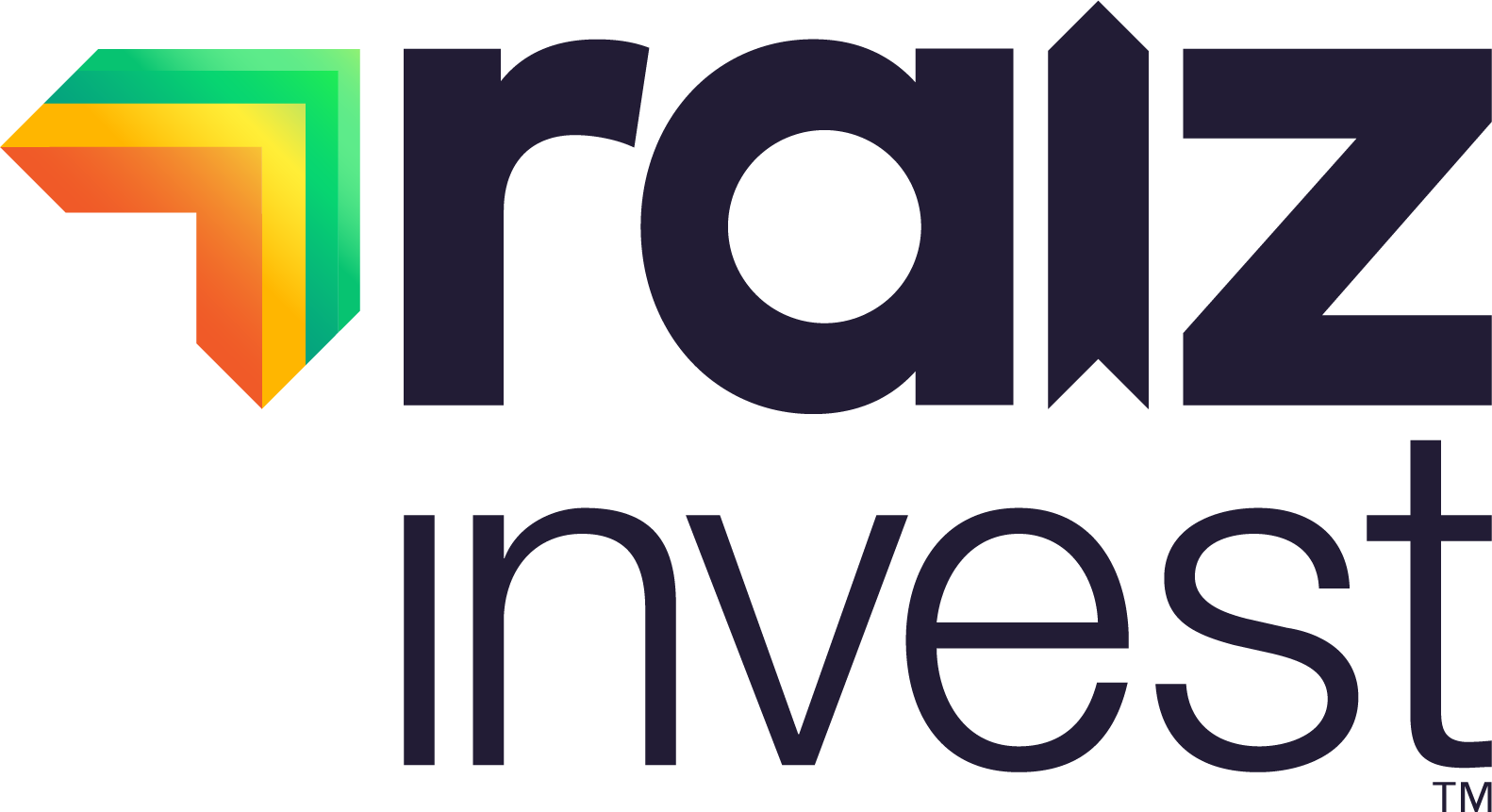Can China’s credit expansion sustain Australia’s mining boom?

In the past few months, iron ore prices have surged from $90 to $105 per tonne, sparking a rally in Australian mining stocks. For companies like BHP and Rio Tinto, this price rebound could mean billions in additional revenue. Given that China imports over 44% of global iron ore, any fluctuation in Chinese demand sends immediate ripples through the market. But how sustainable is this price surge? And more importantly, how should Australian investors navigate the intertwined complexities of China’s credit expansion and its impact on commodity markets?
China’s Property Debt Crisis: A Catalyst for Credit Expansion
The context for this recent price action lies in China’s ongoing property sector debt crisis, which reached new heights with the collapse of Evergrande in 2021. This event exposed the over-leveraged nature of Chinese developers and raised alarms about systemic risks. Real estate developers, once the engine of Chinese growth, were now burdened with unsustainable debt, triggering a wave of defaults and reduced construction activity. This created a downward spiral in steel demand, a key component in construction, and hence iron ore, which fell by 35% earlier in 2024.
In response, the Chinese government has been forced to step in with a series of credit expansion measures aimed at stabilising the property sector. The People’s Bank of China (PBOC) cut interest rates and reduced reserve requirement ratios (RRR) for banks, injecting liquidity into the financial system. The aim is clear: make borrowing cheaper and more accessible to developers and homebuyers. The hope is that easier credit will reignite construction activity, thereby boosting demand for steel and, consequently, iron ore.
The Rebound: Restocking or a genuine recovery
The recent jump in iron ore prices can be traced to several factors, but it’s important to dissect them carefully. First, much of the 6.8% increase in Chinese iron ore imports in the first half of 2024 has been attributed to steelmakers restocking inventories, not a genuine surge in production. This means that while prices have bounced, the underlying demand for steel, particularly from the property sector, remains weak. Housing starts were down 25% during the same period, highlighting the fragility of the construction market.
Restocking-driven price increases tend to be short-lived. Once inventories are replenished, the lack of real demand could push prices down again, especially if construction remains subdued. This brings into question whether the current price surge is sustainable, or whether it is merely a temporary bounce before a correction.
Iron Ore, China’s stimulus, and Australia’s exposure
For Australian commodity producers like BHP and Rio Tinto, China is the dominant buyer. In 2022, China imported about 1.1 billion tonnes of iron ore, or roughly 44% of global supply. For these mining giants, iron ore accounts for over 50% of their total revenues. Thus, their fortunes—and by extension, a large segment of the Australian stock market—are intimately tied to the whims of Chinese demand.
Despite China’s property woes, neither BHP nor Rio Tinto have publicly discussed any major shift away from China. Their reliance on Chinese demand leaves them exposed to the credit policies of a foreign government. But these companies, like their investors, are making an implicit bet: that Beijing’s interventions will work. If China’s easing policies succeed, construction could stabilise, and iron ore demand could recover, driving continued earnings growth for Australian miners. However, should Beijing’s measures fail to revive the property sector, the impact could be severe, not just for developers but for the entire commodity supply chain.
The 2008 Parallel: Intervention and market risk
The current situation bears some resemblance to past crises, such as the 2008 global financial crisis, when central banks stepped in to prop up faltering banks. In the aftermath, investor portfolios became closely linked to central bank actions, with market volatility driven by expectations of monetary policy shifts—what became known as a “risk-on, risk-off” environment. Similarly, during the 2012 European debt crisis, central bank interventions in the so-called PIIGS economies (Portugal, Italy, Ireland, Greece, and Spain) shaped asset prices, with investor sentiment hinging on whether or not these countries would receive credit support.
But this time, the crisis is different. The stress is not on banks, but on the underlying assets—property—and the developers who are burdened by high debt levels. China’s financial institutions are not (yet) in crisis, but the real estate sector, which relies heavily on leverage, certainly is. This creates a binary risk for Australian investors exposed to commodity markets. If China’s credit expansion succeeds, the property sector will recover, driving renewed demand for steel and iron ore. But if credit expansion fails or exacerbates China’s fiscal troubles, the collapse of the property sector could have far-reaching consequences for Australia’s mining sector and its broader economy.
A Binary Risk for Commodity Investors
As Chinese regulators continue to push cheap credit into the economy, Australian investors find themselves indirectly exposed to the outcomes of these policies. Whether the PBOC’s interventions will work is uncertain, but market volatility will be driven by expectations of success or failure. A stabilised Chinese property sector would be a boon for Australian miners, supporting iron ore prices and, by extension, the Australian dollar. Conversely, a deeper collapse in the property market could trigger broader financial instability in China, dragging down demand for key Australian exports.
Watching China’s Next Move
The jump in iron ore prices from $90 to $105 per tonne reflects a market grappling with both hope and uncertainty. China’s credit expansion policies have offered a temporary lifeline to the property sector, but the structural issues remain.
For Australian investors, the next move by Chinese regulators will be crucial. A successful stimulus could sustain iron ore demand and continue to drive up the value of mining stocks, but failure could bring another collapse. Diversification, and an understanding of these external risks, will be key to navigating the months ahead.
This type of binary risk demands a strategic response. Investors should think carefully about diversification. For those with heavy exposure to Australian mining stocks, holding a diversified portfolio that balances commodity exposure with other asset classes may help mitigate some of the risks tied to China’s unpredictable credit and property markets.
Don’t have the Raiz App?
Download it for free in the App store or the Webapp below:
Important Information
Raiz Invest Australia Limited – Authorised Representative of AFSL 434776. The Raiz Invest Australia Fund and Raiz Property Fund are issued in Australia by Instreet Investment Limited (ACN 128 813 016 AFSL 434776) a subsidiary of Raiz Invest Limited and promoted by Raiz Invest Australia Limited (ACN 604 402 815).
Raiz Invest Super is a Division of AMG Super and is issued by Equity Trustees Superannuation Limited (AFSL 229757, RSE Licence No L0001458) as Trustee of AMG Super.
The information is general information only and does not take into account of your personal financial situation, goals or needs. You should obtain financial advice tailored to your circumstances by a licensed financial adviser.
A Product Disclosure Statement (PDS) and Target Market Determination (TMD) for Raiz Invest Australia Fund, Raiz Invest Super and Raiz Property Fund (together, the Products) are available on the Raiz Invest website and App. Please read and consider the PDS and TMD to understand the risks and determine if the Products are suitable for you. The risks and fees are fully set out in the PDS and include the risks that would ordinarily apply to investing.
Any returns shown or implied are not forecasts and are not reliable guides or predictors of future performance.
Under no circumstance is the information to be used by, or presented to, a person for the purposes of deciding about investing in the Products.
This information may be based on assumptions or market conditions which change without notice and have not been independently verified.
Any opinions or information expressed are subject to change without notice.
Home loans are subject to approval from the lending institution and Raiz Home Ownership makes no warranties as to the success of an application until all relevant information has been provided.
Raiz Home Ownership Pty Ltd (ABN 14 645 876 937), an Australian Credit Representative number 528594 under Australian Credit Licence number 387025. Raiz Home Ownership Pty Ltd is 100% owned by Raiz Invest Australia Limited (ABN 26 604 402 815).




